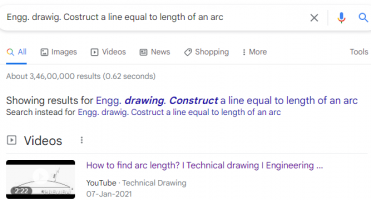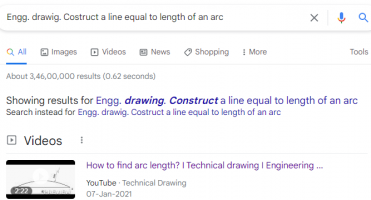QuinnJaworski
New member
- Joined
- Dec 15, 2021
- Messages
- 1
I have recently started working with straightedge and compass geometry for drafting purposes. Unfortunately, it is difficult for me to know if something is possible to be created by these means. The definition of Straightedge and Compass geometry can be found on Wikipedia here:
I would like to know if it is possible to draw a straight line that is the same length of a given arclength. If it is not possible, please direct me to the appropriate proof.
Thank you
I would like to know if it is possible to draw a straight line that is the same length of a given arclength. If it is not possible, please direct me to the appropriate proof.
Thank you


